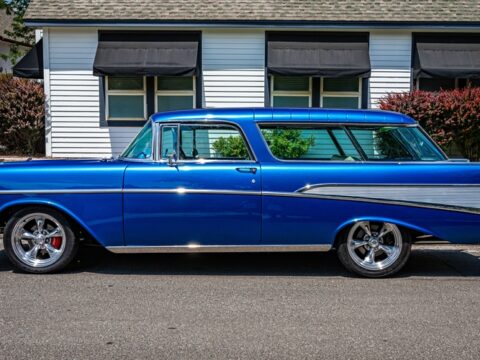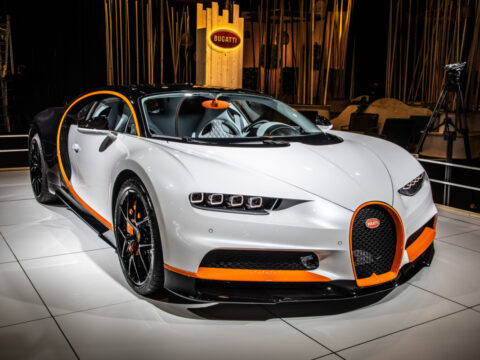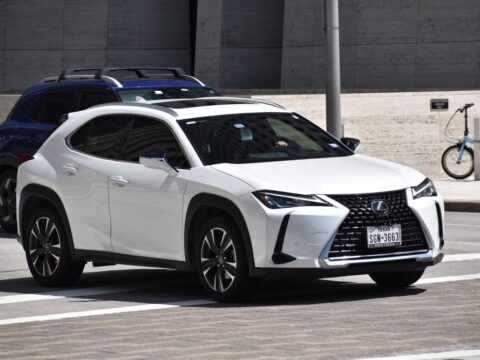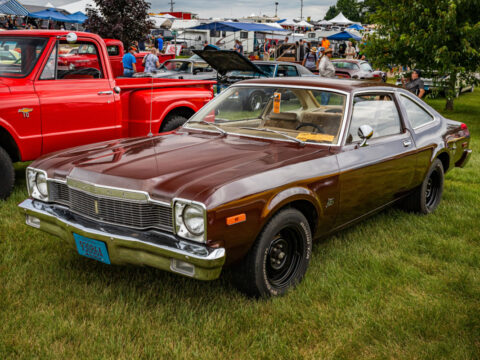When we think of classic cars, the Dodge Charger often comes to mind as a symbol of American muscle and style. However, not every Charger model hit the mark. In this list, we’ll explore 12 of the most unpopular vintage Charger models ever made. These cars, despite their heritage, failed to win the hearts of enthusiasts and collectors alike.
Contents
1973 Dodge Charger
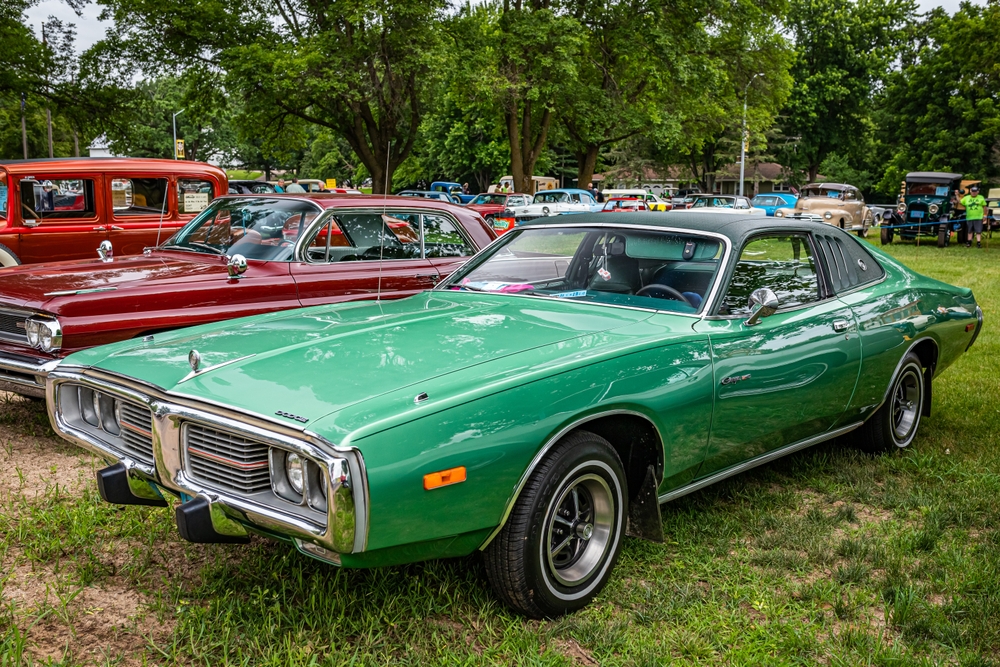
The 1973 Dodge Charger faced criticism for its significant departure from the earlier muscle car aesthetic. With larger bumpers due to new safety regulations and a less aggressive design, it failed to capture the spirit of its predecessors. The performance also lagged, with engine options that didn’t satisfy the muscle car enthusiasts.
1974 Dodge Charger SE
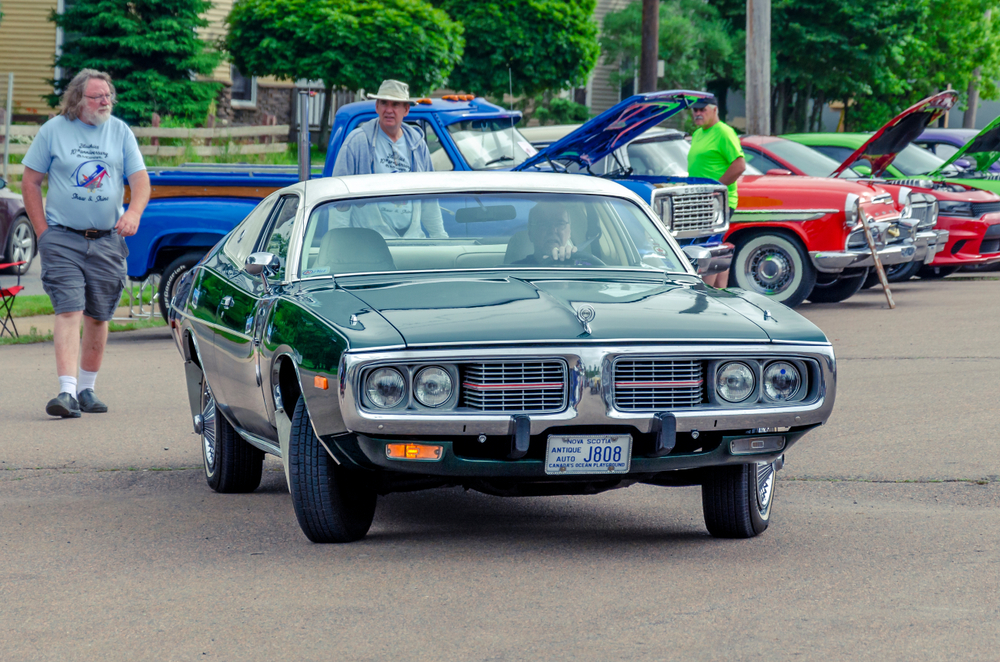
The 1974 Dodge Charger SE was burdened by the same safety regulations as the 1973 model, resulting in a bulky and less attractive design. Its heavy weight, combined with the lackluster performance of the available V8 engines, made it an unpopular choice among Charger fans who preferred power and sleek looks.
1975 Dodge Charger
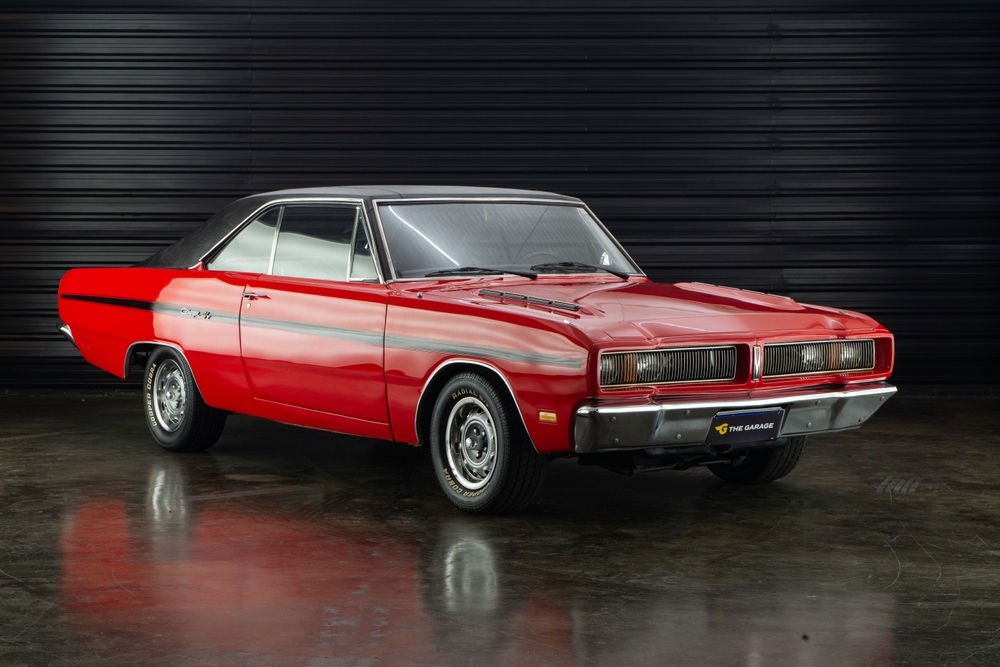
By 1975, the Charger had moved even further from its muscle car roots, becoming more of a personal luxury coupe. This shift alienated many loyal fans. The performance was lackluster, and the car’s heavy body and uninspiring design made it one of the least favored Charger models.
1977 Dodge Charger
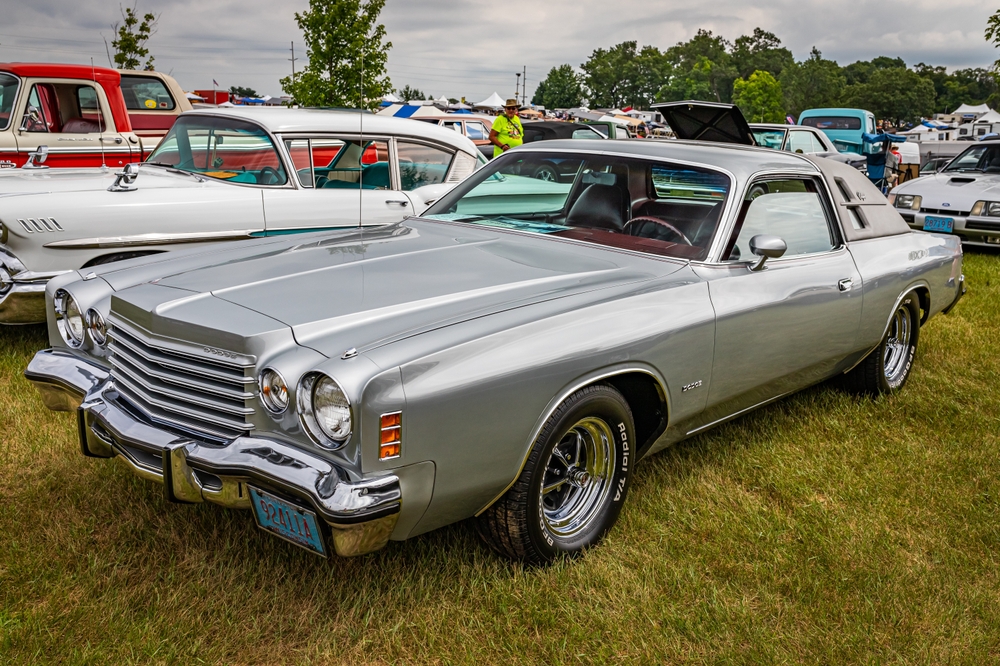
The 1977 Dodge Charger continued the trend of prioritizing luxury over performance. It featured a more conservative design and lacked the powerful engine options that had once made the Charger a symbol of American muscle. This model did little to excite the traditional Charger fan base.
1982 Dodge Charger 2.2
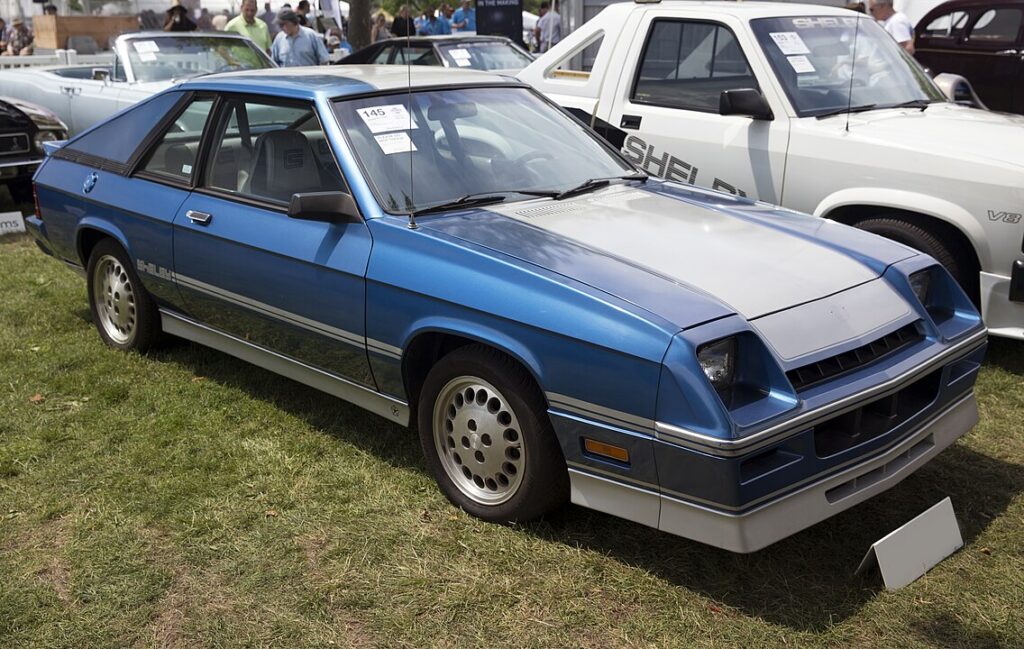
The 1982 Dodge Charger 2.2 marked a significant shift from the classic muscle car image to a more compact, economy-oriented vehicle. Powered by a four-cylinder engine, it lacked the performance and style that Charger enthusiasts expected, making it one of the least popular models.
1986 Dodge Charger
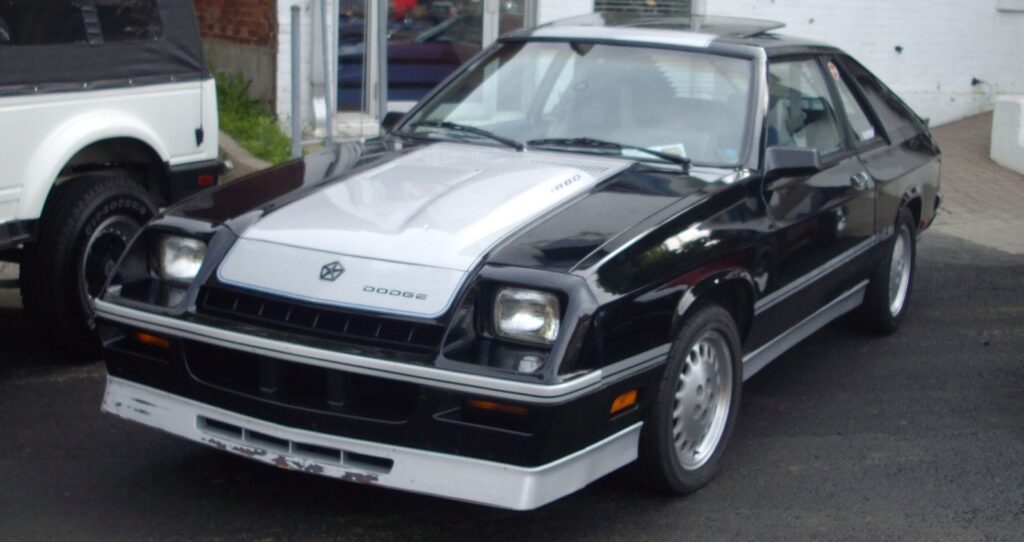
The 1986 Dodge Charger continued with the compact, front-wheel-drive design. Despite efforts to market it as a performance vehicle, it lacked the power and appeal of earlier models. The disconnect between the Charger name and its actual performance left many fans disappointed.
1987 Dodge Charger GLHS
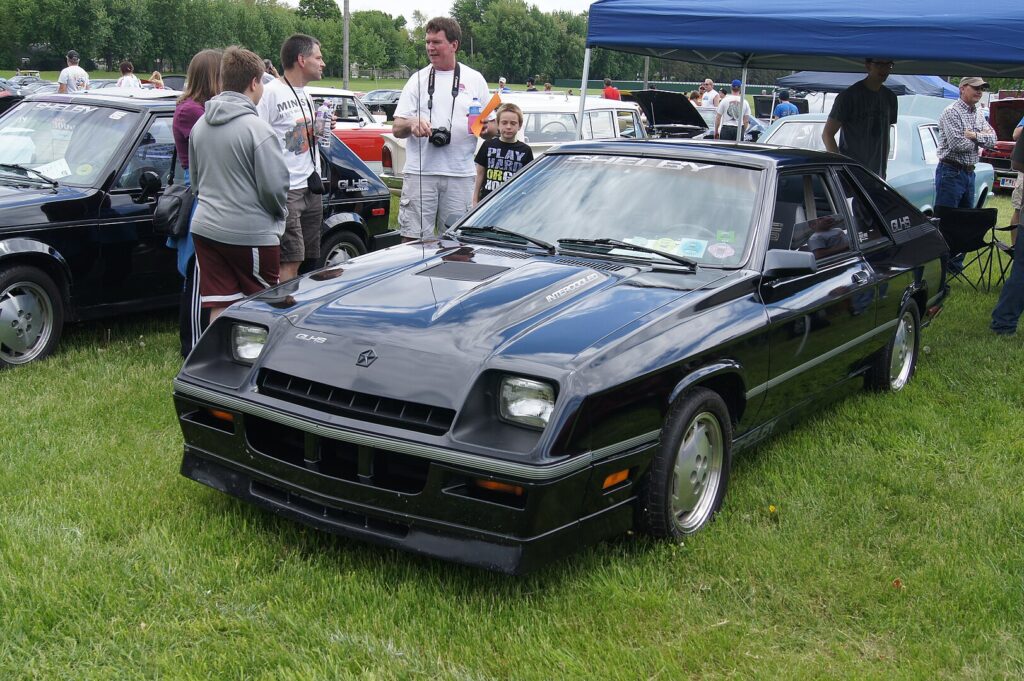
The 1987 Dodge Charger GLHS (Goes Like Hell S’more) was an even more aggressive attempt to revive performance. While it had better specs than some predecessors, its compact design and departure from the muscle car ethos made it unpopular among purists who yearned for the classic Charger experience.
1972 Dodge Charger Rallye
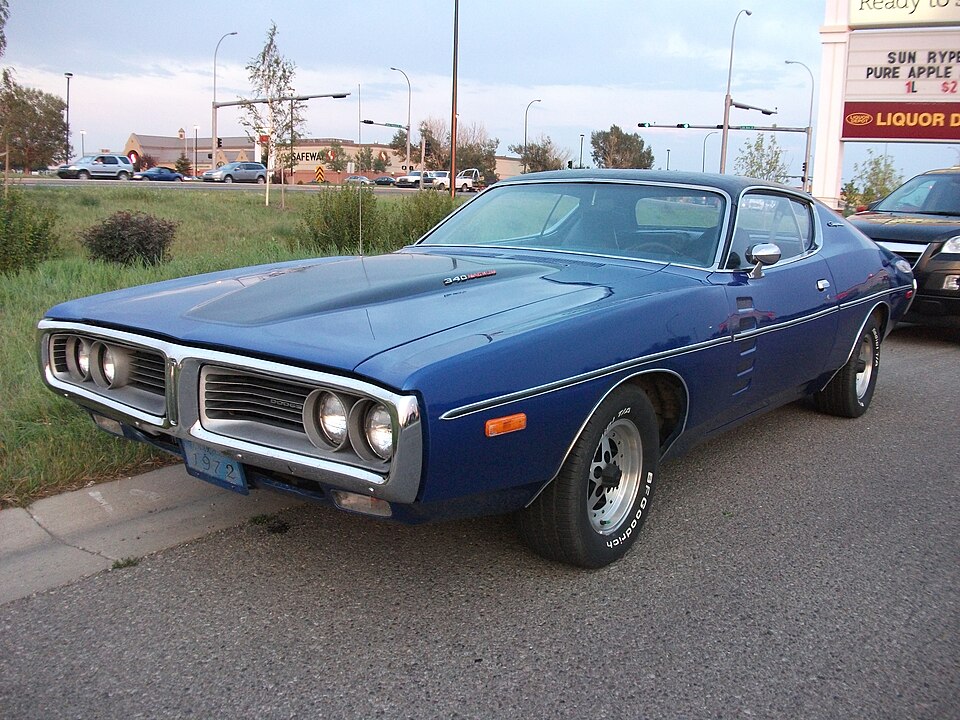
The 1972 Dodge Charger Rallye, despite its name, failed to deliver the expected performance. New emissions regulations had sapped the power from its engines, and the styling changes didn’t resonate with fans. It was seen as a watered-down version of its predecessors.
1971 Dodge Charger Super Bee
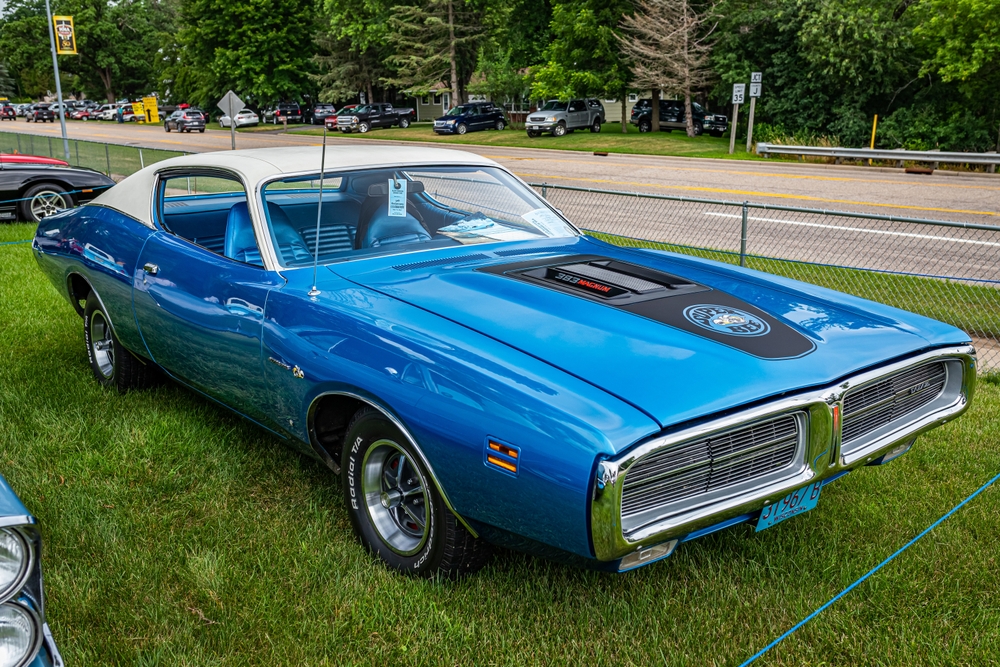
The 1971 Dodge Charger Super Bee was an attempt to create a high-performance version of the Charger. However, changes in emissions regulations and the car’s heavier design meant it didn’t live up to the high standards set by previous models. It didn’t gain the same popularity as earlier Super Bees.
1974 Dodge Charger Rallye
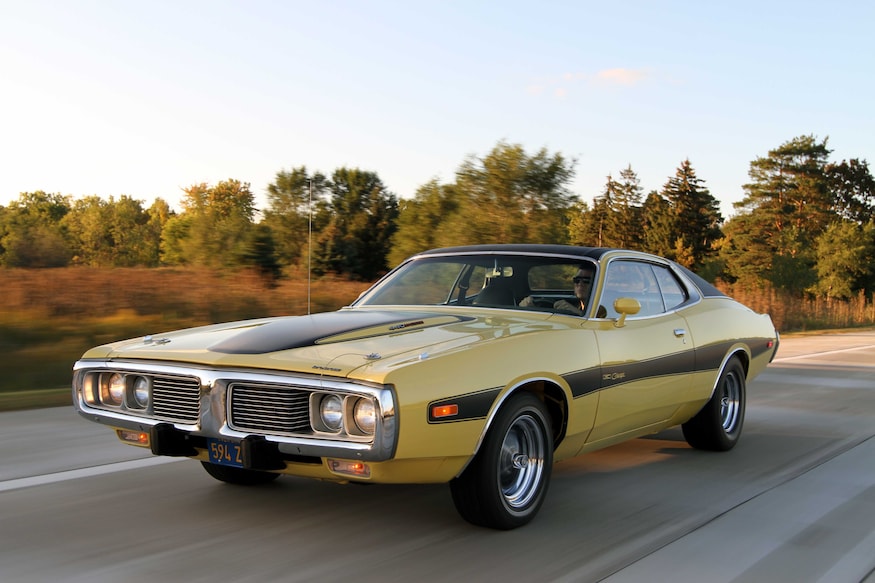
The 1974 Dodge Charger Rallye was another model affected by new safety and emissions regulations. Its performance was lackluster, and the styling changes didn’t appeal to fans. It failed to live up to the expectations set by its predecessors.
1985 Dodge Charger 2.2
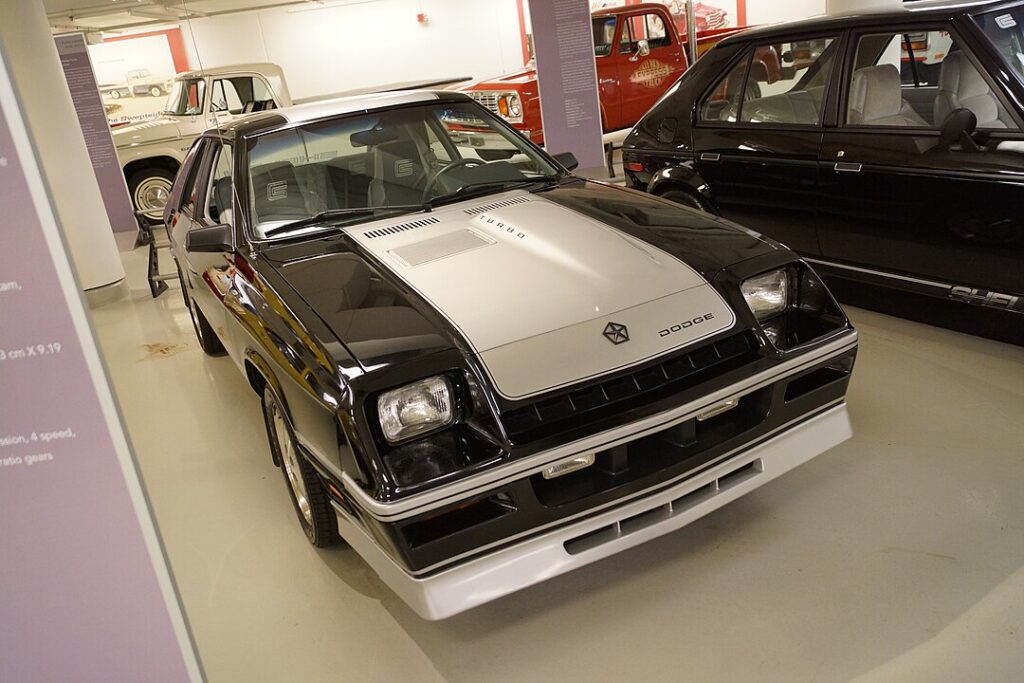
The 1985 Dodge Charger 2.2 continued the trend of economy-focused vehicles. Its small, front-wheel-drive design and lack of powerful engine options made it unappealing to muscle car enthusiasts. It didn’t offer the performance or styling that fans expected from the Charger name.
1975 Dodge Charger Daytona
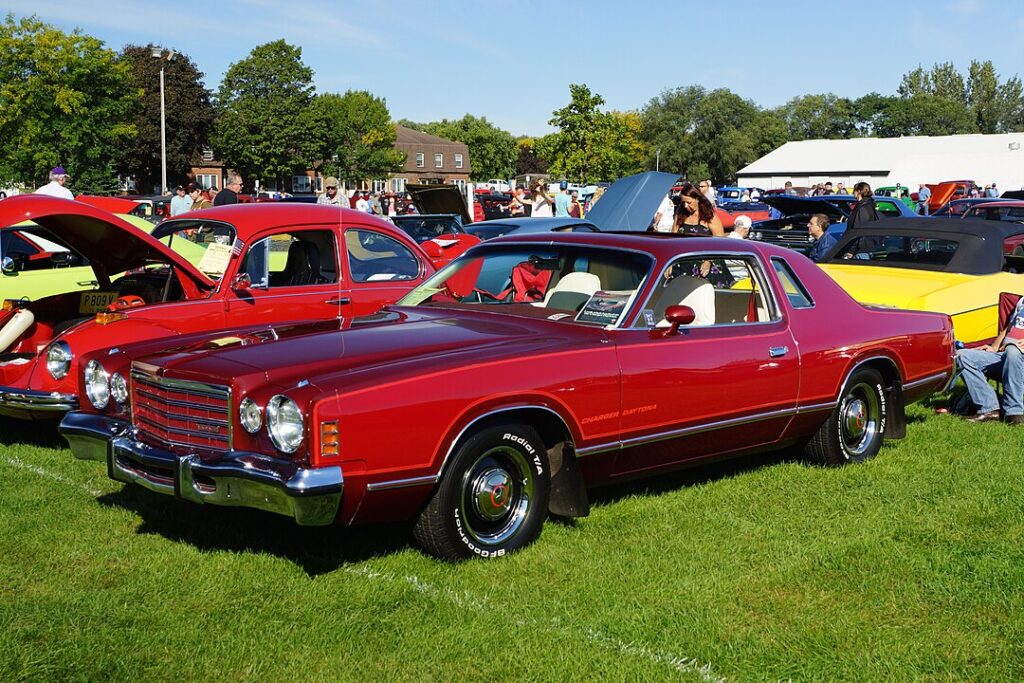
The 1975 Dodge Charger Daytona was an attempt to revive the Daytona name, but it failed to deliver. The car was heavy, underpowered, and lacked the aggressive styling of its predecessors. It was a far cry from the iconic Daytona models of the past, leading to its unpopularity.
This article originally appeared in MyCarMakesNoise.
More from MyCarMakesNoise
20 Thrilling Cars That Come with Serious Driving Risks

Some cars are thrilling to drive but come with significant safety risks. Their high performance and exhilarating speed can lead to dangerous situations on the road. Read More.
6 Must-Visit RV and Camper Museums for Road Trip Aficionados

If you’re a road trip enthusiast with a love for RVs and campers, there’s no better way to dive into the rich history of life on the road than by visiting a museum dedicated to these iconic vehicles. Read More.
20 Affordable SUVs That Are Ideal for Retirees
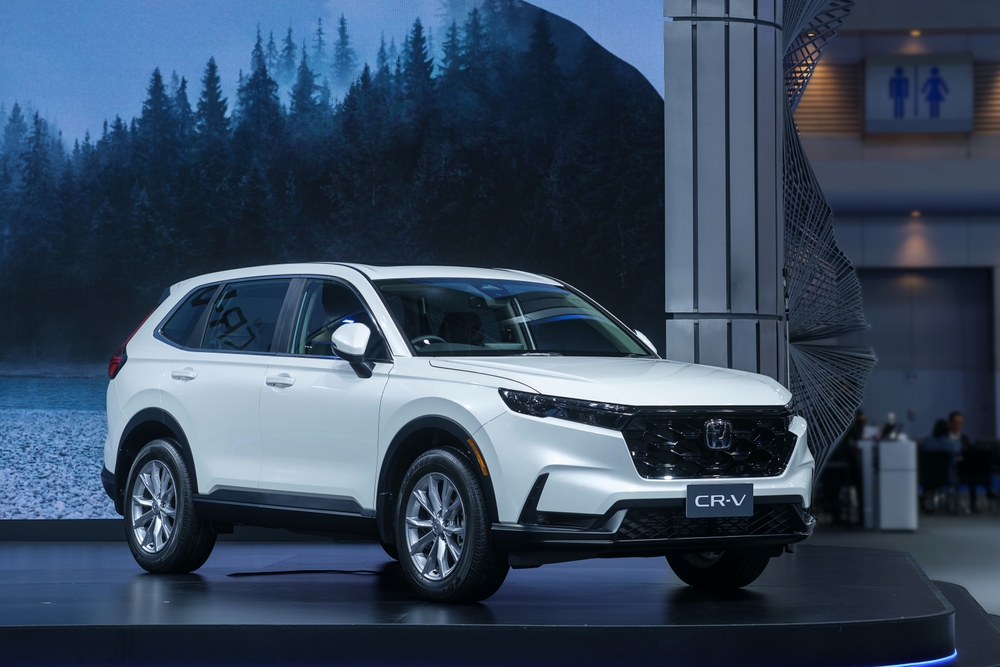
Finding the right SUV is important for retirees who are budget-conscious. The best options offer comfort, reliability, and affordability, making them perfect for those enjoying their golden years. Read More.

